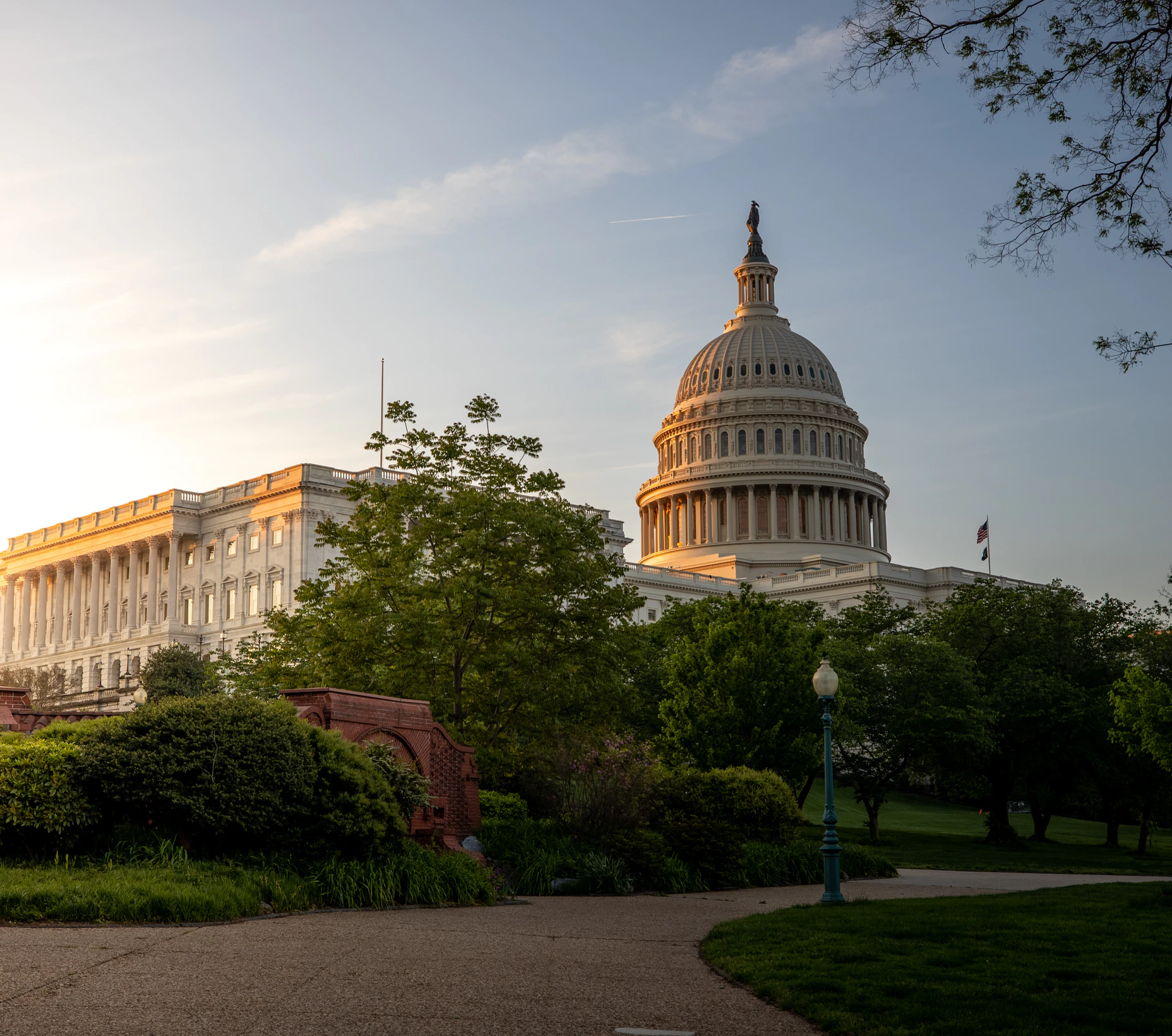When a person or business files an application with the U.S. Patent & Trademark Office (“USPTO”) to register a trademark, there are two options — file to register a trademark that is already being used in commerce or file what is called an “intent-to-use” application. As the name implies, with an “intent-to-use” application, the applicant is seeking registration of a trademark that will be used in commerce. But USE in commerce is still a requirement for the issuance of a trademark registration and no registration will be issued UNTIL use in commerce is established. This is the purpose of the USPTO issuing Notices of Allowance for intent-to-use trademark registration applications. Once received, the applicant can begin using the trademark in commerce and then provide proof of use. Once proof of use is established, then the USPTO can issue a Certificate of trademark registration.
What is a Trademark Notice of Allowance?
As explained by the USPTO, a trademark Notice of Allowance is a written document sent by the USPTO to the applicant. A trademark Notice of Allowance is only used for intent-to-use applications. From the date when the Notice of Allowance is issued, the applicant has six months to begin using the trademark in commerce (or longer, if a request for extension is made). “Use in commerce” means placing the trademark on the goods being manufactured/sold by the applicant and/or placing the trademark on the packaging, labels, instructions, warranty cards, etc. By the end of the six month period (or the extension(s)), the applicant must file with the USPTO a document called a Statement of Use which provides evidence that the trademark has been and is being used in commerce. No trademark can be registered without a Statement of Use or other evidence that the trademark is being used in commerce. If the Statement of Use is acceptable, fees are paid and other requirements are met, the USPTO will issue a Certificate of Registration within about six to eight weeks.
A trademark Notice of Allowance is issued towards the end of the application process. When seeking registration, all trademarks must be published in the USPTO’s Official Gazette. Publication is for a period of 30 days. The purpose of publication is to give third parties an opportunity to see the trademarks that are being proposed for registration and to allow third parties to object to registration. An objection might be based on the fact that the proposed trademark is already owned and registered by someone else or that the proposed trademark is “confusingly similar” to one that is already owned and registered. An objection to registration must be filed in writing with the USPTO and there are very short deadlines for filing objections.
A Notice of Allowance will be issued by the USPTO about eight to twelve weeks after the date the proposed trademark was published IF there have been no objections received by the USPTO. As noted, a Notice of Allowance allows the owner to begin using the trademark in commerce and the six-month time limit to begin running for filing of an applicant’s Statement of Use (or a request for an extension of time). Applicants are advised to begin using their trademark immediately after a Notice of Allowance is received. The date of the Notice of Allowance establishes the priority date for filing a Statement of Use which can be important if competitors are “racing” to register the same (or similar) trademarks.
If an objection is filed, then a Notice of Allowance is issued when — and if — the objection is resolved in favor of the applicant.
Contact Revision Legal
For more information or if you have questions about creating and registering a trademark, contact the trademark lawyers at Revision Legal at 231-714-0100.




